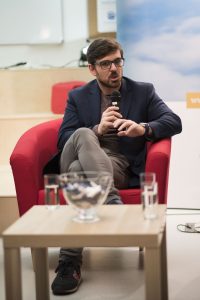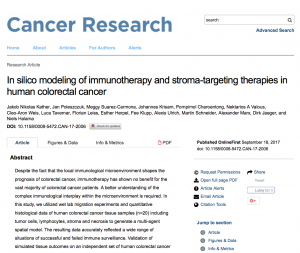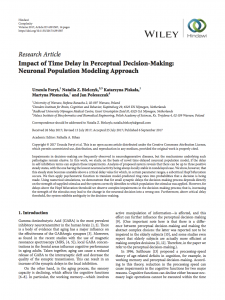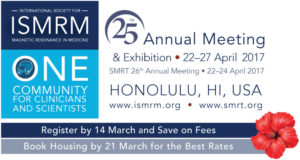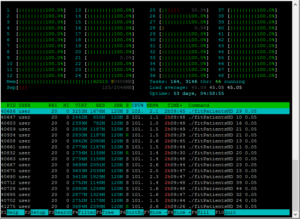 After 3 years in making, 10 months of 3 rounds of reviews, our paper “Neoadjuvant radiotherapy of early-stage breast cancer and long-term disease-free survival” has been finally published in Breast Cancer Research.
After 3 years in making, 10 months of 3 rounds of reviews, our paper “Neoadjuvant radiotherapy of early-stage breast cancer and long-term disease-free survival” has been finally published in Breast Cancer Research.
In the paper we assessed overall and cancer-free survival of 250,195 early-stage breast cancer patients in the SEER database who received either adjuvant or neoadjuvant radiotherapy (RT). The hazard ratio (HR) of developing a second tumor after neoadjuvant compared with adjuvant RT was 0.64 (95% confidence interval (CI), 0.55-0.75; P < 0.0001) for estrogen receptor-positive women who underwent partial mastectomy, without jeopardizing the excellent overall survival (HR = 1; P = 0.95). Neoadjuvant RT also resulted in lower HR for second primary cancer for estrogen receptor-positive patients who underwent mastectomy compared with adjuvant RT (HR = 0.48, CI = 0.26-0.87; P = 0.0162).
We conclude that neoadjuvant RT may significantly improve disease-free survival without reducing overall survival, especially for estrogen receptor-positive patients with early-stage breast cancer. This finding warrants further exploration of potential long-term benefits of neoadjuvant radiotherapy for early-stage breast cancer in a controlled, prospective clinical trial setting, with correlative studies done to identify potential mechanisms of superiority.
The whole article can be found under the link: https://breast-cancer-research.biomedcentral.com/articles/10.1186/s13058-017-0870-1
 Cardiovascular diseases are the leading cause of death worldwide. Pulse wave analysis (PWA) technique, which reconstructs and analyses aortic pressure waveform based on non-invasive peripheral pressure recording, became an important bioassay for cardiovascular assessment in a general population. The aim of our study was to establish a pulse wave propagation modeling framework capable of matching clinical PWA data from healthy individuals on a per-subject basis.
Cardiovascular diseases are the leading cause of death worldwide. Pulse wave analysis (PWA) technique, which reconstructs and analyses aortic pressure waveform based on non-invasive peripheral pressure recording, became an important bioassay for cardiovascular assessment in a general population. The aim of our study was to establish a pulse wave propagation modeling framework capable of matching clinical PWA data from healthy individuals on a per-subject basis.
